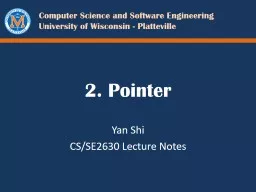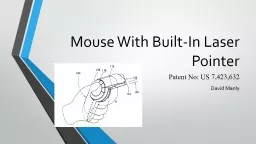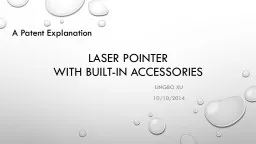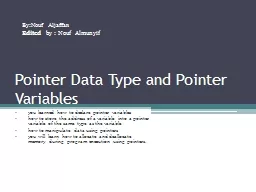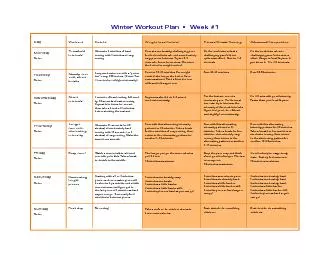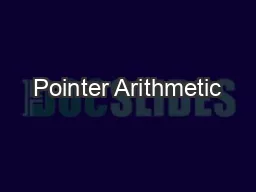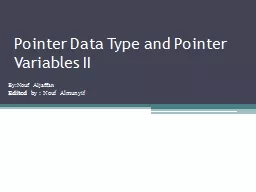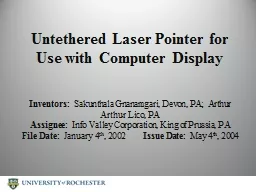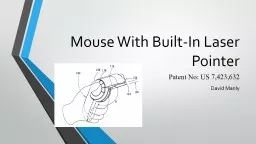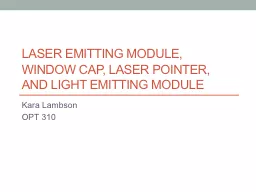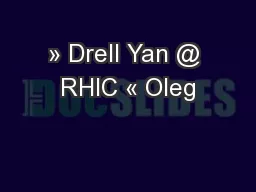PPT-2. Pointer Yan Shi CS/SE2630 Lecture Notes
Author : pasty-toler | Published Date : 2018-02-23
2 C Data Types structured array struct union class address pointer reference simple integral enum char short int long bool floating float double long double
Presentation Embed Code
Download Presentation
Download Presentation The PPT/PDF document "2. Pointer Yan Shi CS/SE2630 Lecture Not..." is the property of its rightful owner. Permission is granted to download and print the materials on this website for personal, non-commercial use only, and to display it on your personal computer provided you do not modify the materials and that you retain all copyright notices contained in the materials. By downloading content from our website, you accept the terms of this agreement.
2. Pointer Yan Shi CS/SE2630 Lecture Notes: Transcript
Download Rules Of Document
"2. Pointer Yan Shi CS/SE2630 Lecture Notes"The content belongs to its owner. You may download and print it for personal use, without modification, and keep all copyright notices. By downloading, you agree to these terms.
Related Documents

